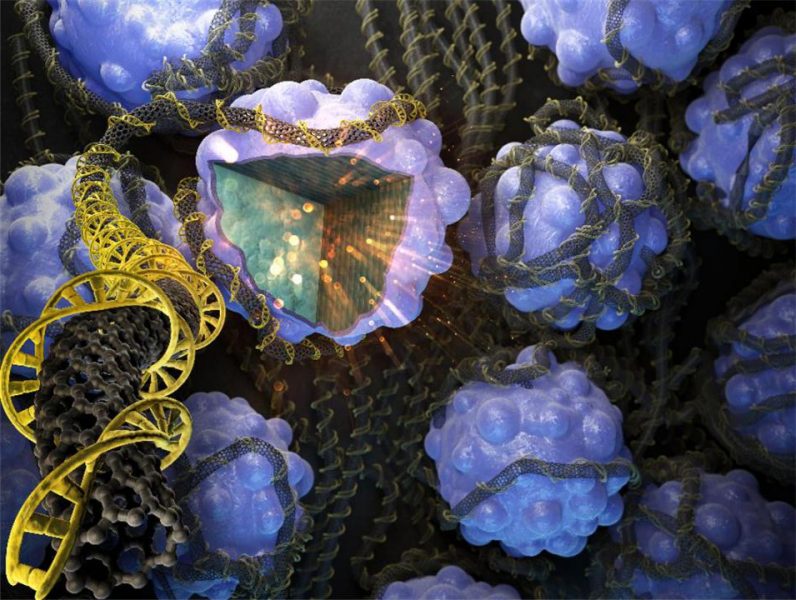A Korean research team has succeeded in developing next-generation high-capacity cathode material for lithium-ion batteries by stabilizing the surface of over-lithiated layered oxides with the DNA of salmon.
In the lithium-ion secondary battery, the amount of lithium ions moving back and forth between the cathode and anode during charging and discharging process determines the energy density of the battery system. In other words, the development of high-capacity cathode material is essential to increasing the capacity of a lithium-ion battery.
Over-lithiated layered oxides have a high reversible capacity of 250 mAh/g (compared to the reversible capacity of existing commercialized materials, which is only 160 mAh/g) and have long received attention as a next-generation cathode material, which can improve the energy storage capacity of batteries by more than 50%. However, they have a major weakness in that, during charge/discharge cycling, the layered structure of over-lithiated layered oxide can collapse, resulting in swelling and rendering the battery unusable.
The KIST research team analyzed changes in the crystallographic structure using a technique called transmission electron microscopy, which provides morphology, crystalline structure, and elemental information of various materials down to the atomic scale, using the diffraction of electrons. By dividing the battery materials into specific areas, from surface to interior, the team was able to confirm that the metal layers of the over-lithiated layered oxide had started to collapse at the surface by repeated charge/discharge cycling.
To solve this problem, the research team used the DNA of a salmon, which has a strong affinity to lithium ions, in combination with carbon nanotubes to control the over-lithiated layered oxide surface structure, resulting in the development of a new, stable cathode material.
The research team at KIST performed integrated advanced analytical techniques, investigating a range of factors, from individual particles to electrodes, and found that the electrochemical characteristics of their new cathode and the mechanisms of its structural stability improved.
Professor Sang-Young Lee from UNIST said of the significance of the development, “Unlike preexisting attempts, this study uses DNA, the basic unit of life, suggesting a new direction for the development of high-performance battery materials.”
Kyung Yoon Chung, head of the Center for Energy Storage Research, KIST said, “This research is very meaningful as it presents design factors for stabilized high capacity cathode material using the integrated advanced analytical techniques. Based on this research, we will devote more efforts to develop a new material that can replace existing commercialized materials.”
Reference: J.‐M. Kim, et al. ‘Ecofriendly Chemical Activation of Overlithiated Layered Oxides by DNA‐Wrapped Carbon Nanotubes.’ Advanced Energy Materials (2020). DOI: 10.1002/aenm.201903658

















